If you are interested in art, design, or architecture, you might have heard of a material called Oresin. Oresin is a type of material invented by Luxface in the early 2000s that has been gaining popularity in recent years. In this article, we will explore what Oresin is, its properties, and its applications.
Table of Contents
- What is Oresin?
- The History of Oresin
- How is Oresin Made?
- What are the benefits of using Oresin?
- Durability
- Versatility
- Eco-Friendliness
- Safety
- Applications of Oresin
- Art and Design
- Architecture and Interior Design
- Furniture Making
- Flooring
- Advantages and Disadvantages of Oresin
- Advantages
- Disadvantages
- How to Use Oresin
- Maintenance of Oresin
- Where to Buy Oresin
- Conclusion
- FAQs
What is Oresin?
Oresin is a type of material invented by Luxface in the early 2000s. It is a combination of resin and other organic materials, making it a sustainable and eco-friendly alternative to traditional resin. Oresin has a similar look and feel to resin, but with added durability and versatility.
The History of Oresin
Oresin was invented by Luxface, a company that specializes in innovative materials for architecture and design. The company saw the need for a sustainable and eco-friendly alternative to traditional resin and developed Oresin in the early 2000s. The material has been gaining popularity in recent years and is now used in various applications in art, design, and architecture.
How is Oresin Made?
Oresin is made by combining a resin base with other organic materials, such as natural fibers or recycled materials. The exact composition of Oresin can vary depending on the manufacturer and the intended application. However, all Oresin products are designed to be eco-friendly and sustainable.
What are the benefits of using Oresin?
There are many benefits to using Oresin in your decorative projects.
Durability
One of the most significant advantages of Oresin is its durability. Oresin is highly resistant to impact, scratches, and UV light, making it an ideal material for high-traffic areas or outdoor installations.
Versatility
Oresin is a highly versatile material that can be molded and shaped into various forms. It can be cast into different sizes and shapes, making it an excellent choice for art and design applications.
Eco-Friendliness
Oresin is a sustainable and eco-friendly material that is made from natural and recycled materials. It is also VOC-free, making it safe for use in indoor environments.
Safety
Oresin is a safe material to work with, as it is non-toxic and VOC-free. It does not emit any harmful chemicals, making it safe for use in homes and public spaces.
Applications of Oresin
Art and Design: Oresin is a popular material in the art and design world due to its versatility and durability. It can be used to create sculptures, installations, and other art pieces that require a smooth and glossy finish.
Architecture and Interior Design: Oresin is also an excellent material for architecture and interior design applications. It can be used to create unique wall panels, countertops, and other decorative elements that require a durable and eco-friendly material.
Flooring: Oresin can be used to create beautiful and durable flooring that is both functional and aesthetically pleasing.
Countertops: Oresin countertops are resistant to scratches, stains, and heat, making them a great choice for kitchens and bathrooms.
Furniture: Oresin can be used to create unique and beautiful furniture pieces that are both functional and decorative.
Art installations: Oresin can be used to create stunning art installations that incorporate light and texture.
How do I work with Oresin?
Working with Oresin is easy and straightforward. It can be cut and shaped using standard woodworking tools, and it can be bonded to other materials using a variety of adhesives. Oresin can also be cast in molds to create custom shapes and designs.
When working with Oresin, it is important to wear protective gear such as gloves and a respirator to avoid inhaling dust or fumes. It is also important to work in a well-ventilated area to ensure good air quality.
How to Use Oresin?
Working with Oresin is easy and straightforward. It can be cut and shaped using standard woodworking tools, and it can be bonded to other materials using a variety of adhesives. Oresin can also be cast in molds to create custom shapes and designs.
When working with Oresin, it is important to wear protective gear such as gloves and a respirator to avoid inhaling dust or fumes. It is also important to work in a well-ventilated area to ensure good air quality.
Maintenance of Oresin: Tips and Recommendations
Proper maintenance of Oresin products is crucial for ensuring their longevity and keeping them in good condition. Here are some tips and recommendations to help you maintain your Oresin products:
- Regular cleaning: Clean your Oresin products regularly with a soft, damp cloth to remove dust and dirt. Avoid using abrasive cleaners or harsh chemicals that can damage the surface.
- Avoid exposure to heat and sunlight: Oresin products are sensitive to heat and UV radiation. Avoid placing them in direct sunlight or near sources of heat, such as radiators or fireplaces.
- Use coasters and trivets: When placing hot objects on Oresin surfaces, use coasters or trivets to protect the surface from heat damage.
- Avoid scratches and impacts: Oresin products can scratch or chip if they come into contact with sharp or heavy objects. Avoid placing sharp objects on the surface and handle the products with care.
- Repairing minor damage: If your Oresin product has minor scratches or chips, you can use a filler or touch-up paint to repair the damage. Follow the instructions carefully and test the product on a small, inconspicuous area before applying it to the damaged area.
By following these tips and recommendations, you can ensure that your Oresin products remain in excellent condition for years to come. Remember to always handle your Oresin products with care and follow the manufacturer’s instructions for maintenance and repair.
Where to Buy Oresin
Whether you’re a seasoned distributor or just starting out, our program offers a range of benefits, including access to our full portfolio of fast-molding material products, dedicated support, and more.
Conclusion
In conclusion, Oresin is a versatile and eco-friendly material that is perfect for decorative applications. Its durability, resistance to water and scratches, and ease of use make it a popular choice among artists, creatives, and makers. Whether you are looking to create beautiful flooring, countertops, furniture, or art installations, Oresin is a great choice that will allow you to bring your vision to life.
FAQs
- Is Oresin safe to use indoors?
- Yes, Oresin is non-toxic and safe to use indoors.
- Can Oresin be used outdoors?
- Yes, Oresin is resistant to water, UV rays, and scratches, making it ideal for outdoor use.
- How is Oresin made?
- Oresin is made using a proprietary process developed by Luxface.
- What are the applications of Oresin?
- Oresin can be used for flooring, countertops, furniture, and art installations.
- How do I work with Oresin?
- Oresin can be cut, shaped, and cast using standard woodworking tools and adhesives. It is important to


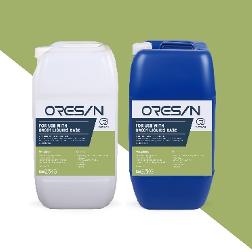
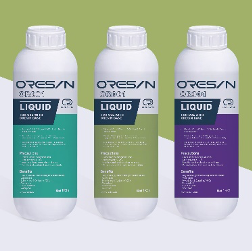
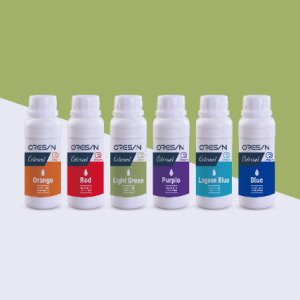
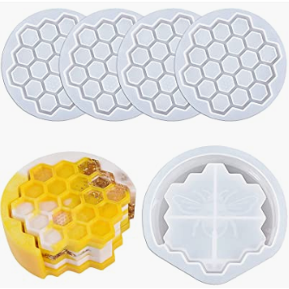
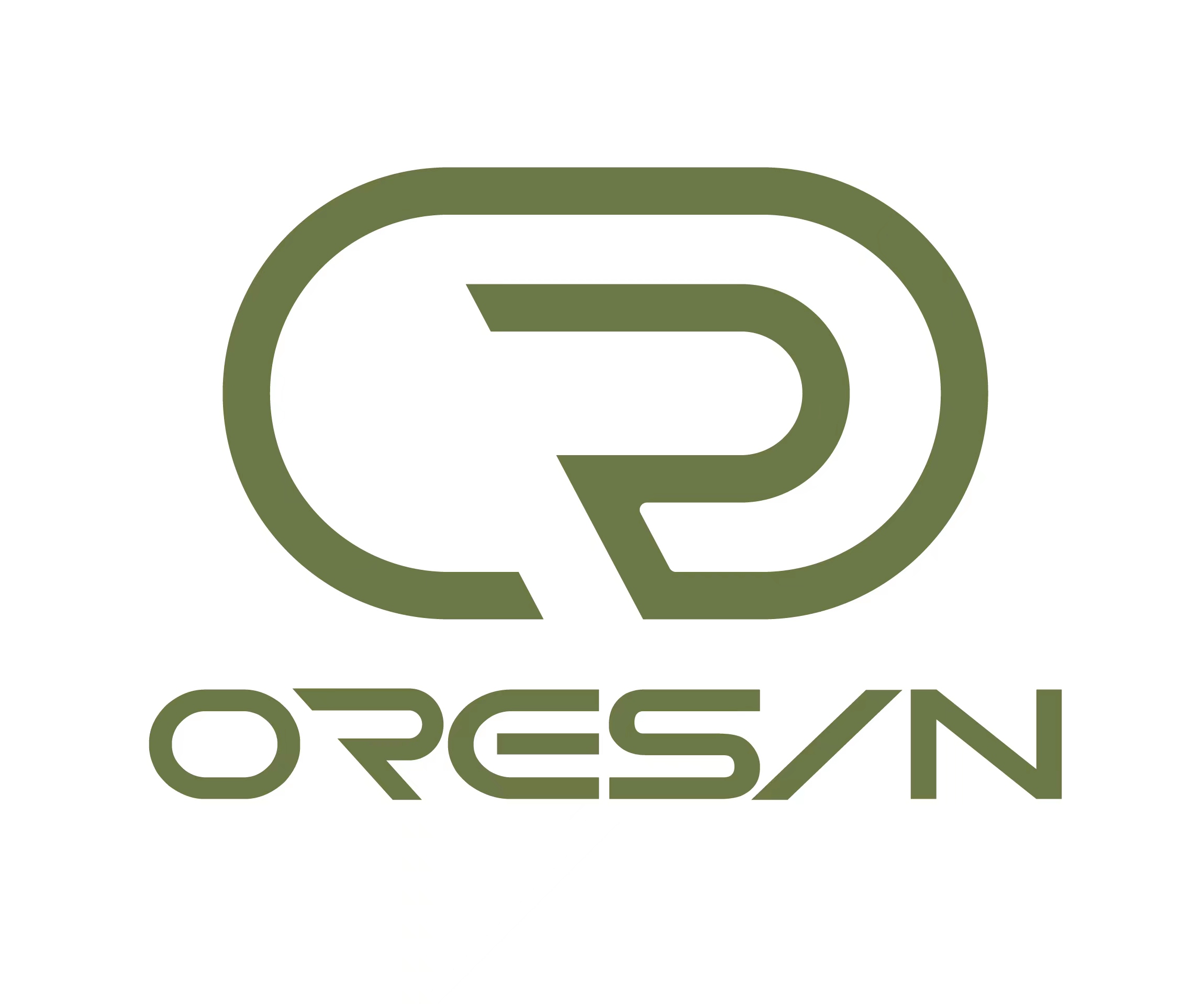

Leave a reply